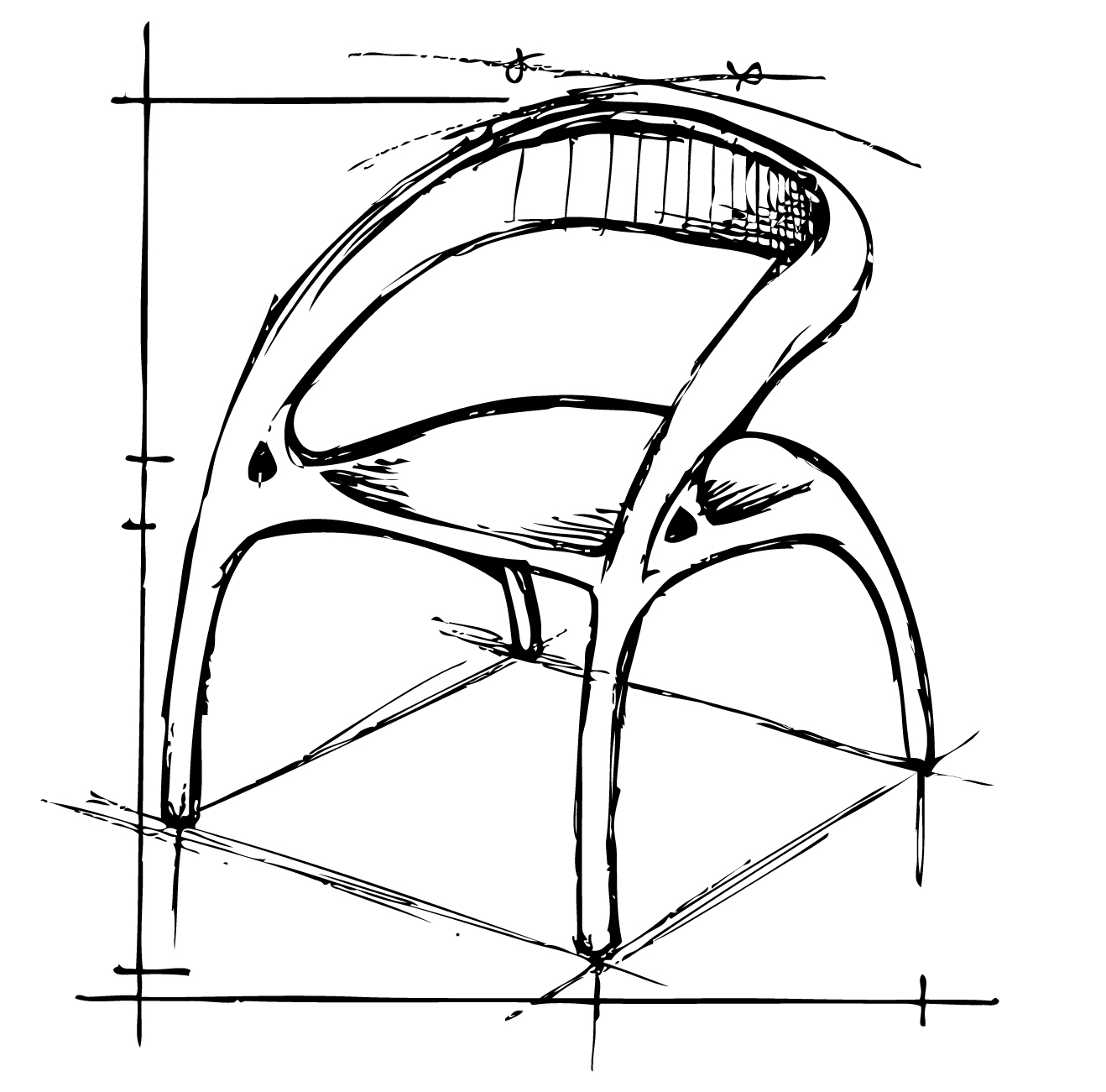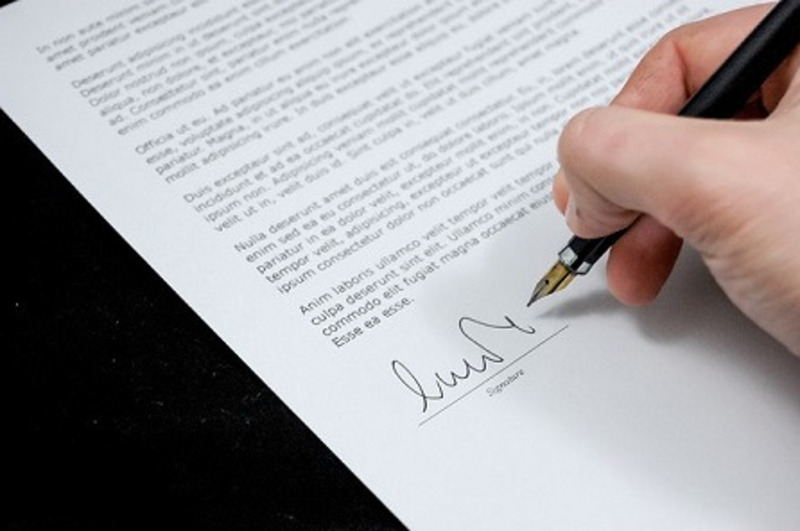
How do European patent annuity fees work?
The annuities of European patents are subject to strict patent regulations, which are provided for in the Convention on the Grant of European Patents for industrial property (EPC) and in the regulations of the member States currently adhered to the Convention. This duality begins (with great complexity) upon payment of the annuity fee with the EPO and it expands to the member states once the European Patent Office publishes the mention of the grant of the application.
In order to understand the payment of patent annuities in the Old Continent you must first have a clear concept of "a year in the life of a patent" A "patent year" is used to determine exactly when the obligation to pay annuities to the European Patent Office ends and when the obligation to pay annuities to the National Offices begins. Here at SHIP we would like to explain the details for you:
European patents within the scope of the EPC: industrial property in Europe
Within the scope of the EPC, the concept that we want to reference is a body of law that has existed for some years, the first reference to which is from number 4/1980 of the "Official Journal," which was republished in June 1984 in OJ 6/1984.
Annuities for these patents in Europe, however, must be paid in advance for each year, during the filing process at the EPO from the third year of the application, always counting as of the filing date. The last annuity to be paid to the EPO is the one paid the year in which the grant is published. From this moment onwards, if the holders wish to keep the patent in force in Europe, they must pay annuities in the member States in which they want to get protection. In this case, each country has a different legislation, although it will be conditioned by article 141.2 of the EPC, which limits the power of the countries to demand different surcharges.
The date of publication of grant of the European Patent must also be taken into account, since, if it was published before the anniversary of the application, and therefore before payment of the annuity, payment should be made at the different national offices. Otherwise, the annuity would have to be paid to the EPO.
Reinstating a patent
European patents must pay annuities while they are being processed. If the annuity is not paid, the fee can still be paid with surcharge within a prescribed time slot. If this deadline also expires the European patent is considered withdrawn.
Additionally, an expired patent due to non-payment of an annuity can be reinstated as long as the holder can justify that all due care have been taken (Article 122 Re-establishment of right, European Patent Convention). The request to reinstate a patent requires a great deal of argumentation.
Now that you know how the European patent annuity works, you will understand the importance of controlling the entire annuity payment process in a timely and proper manner, especially if you have a large IP portfolio. At SHIP we have the knowledge and software necessary to manage this critical task, with no margin for errors.












